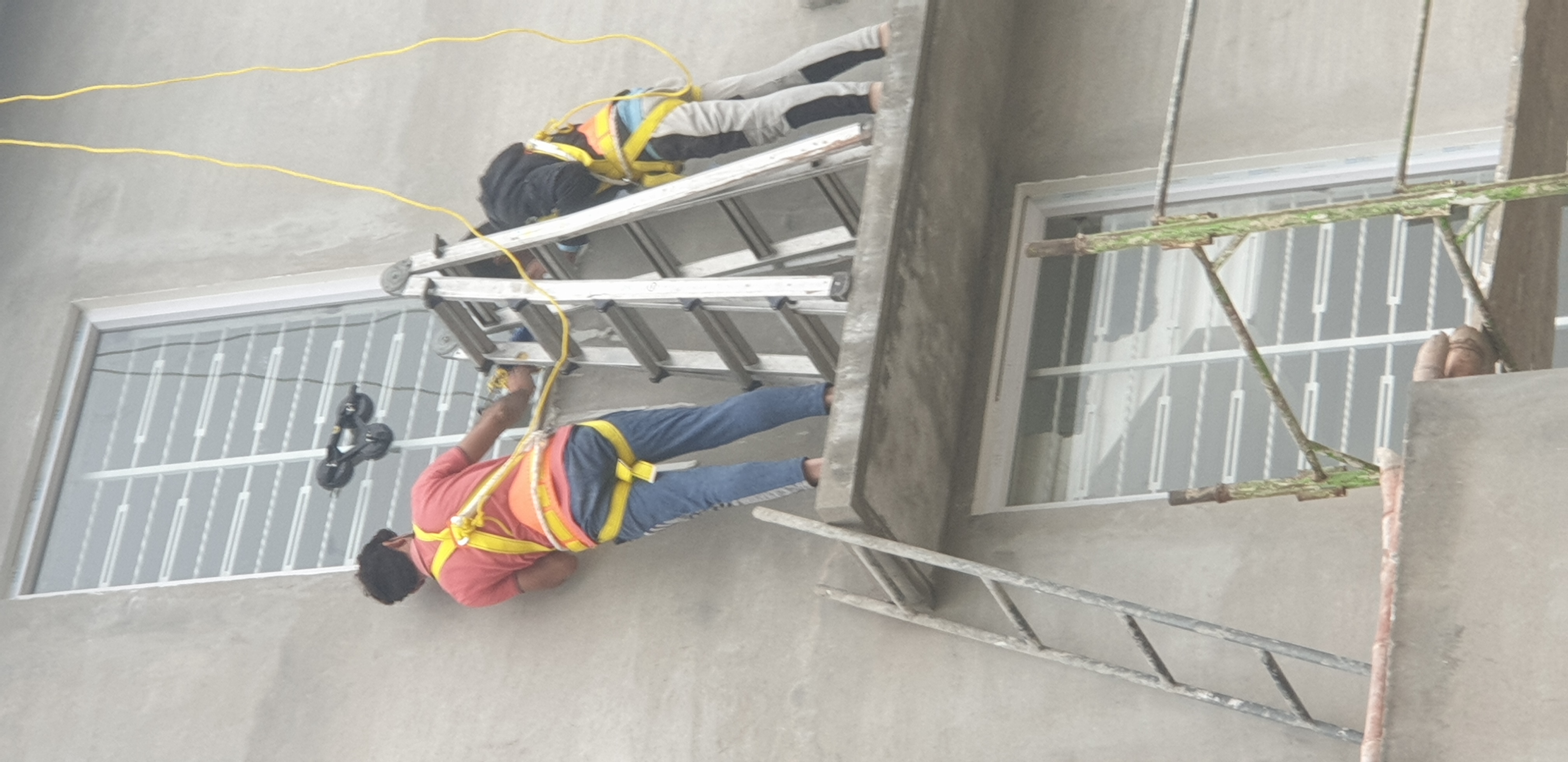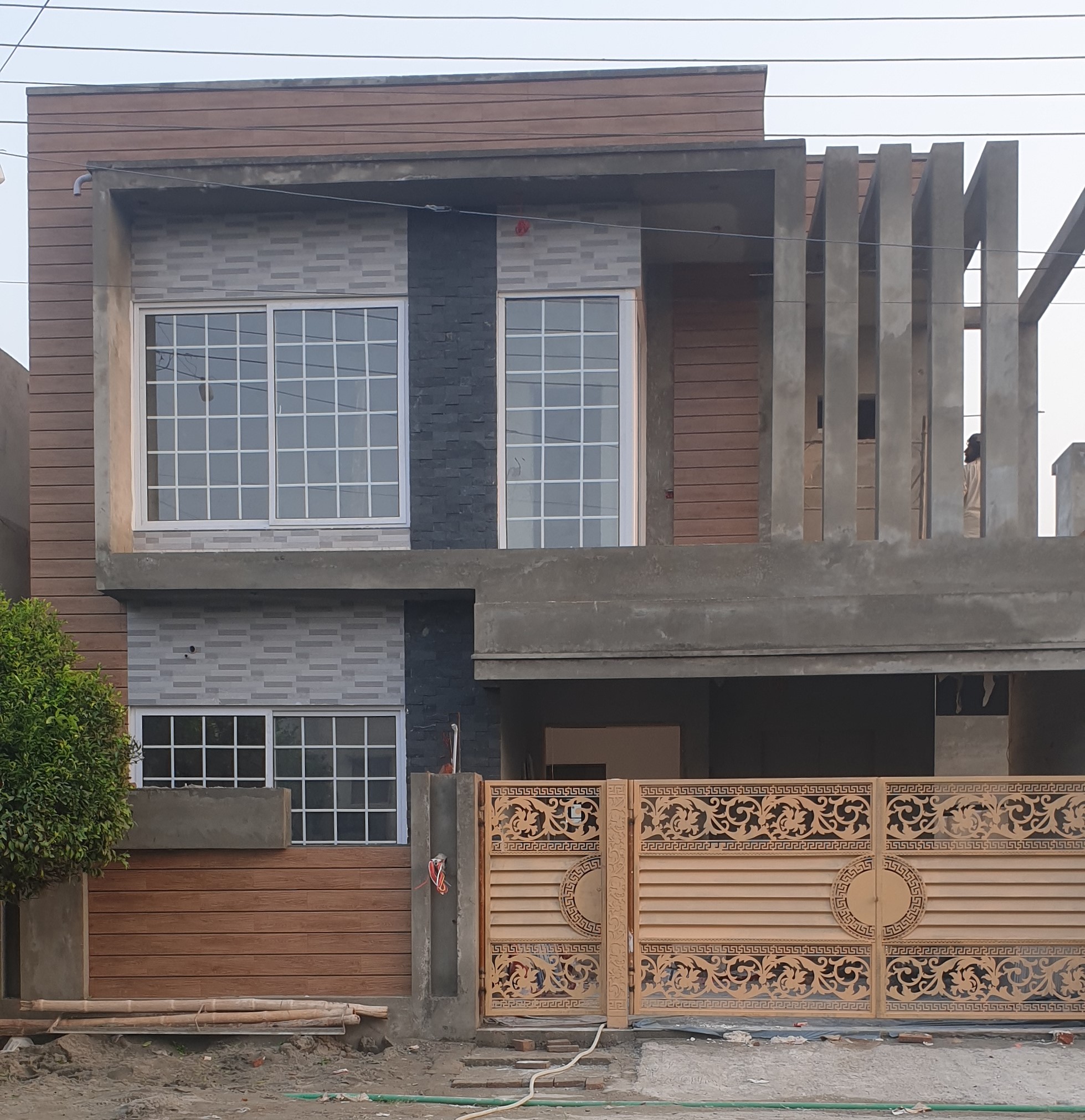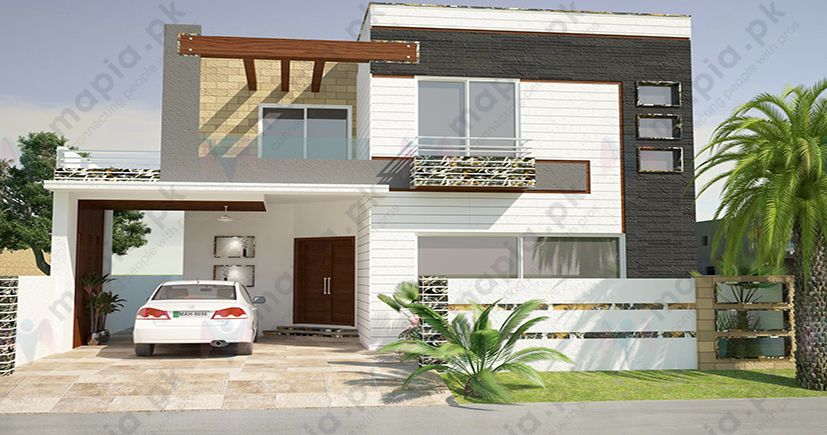Architectural and Engineering Glossary
J
Literally,an English garden,particularly popular in the 18th century.
Mottled and marbled to resemble variegated stone,and to mask signs of use;e.g.,jaspé linoleum.
A machine for crushing rock between two inclined jaws.
A false building or structure which is constructed for aesthetic reasons,to achieve a desired balance or proportions.
Abbr. for junction box.
On drawings,abbr. for “junction.”
Premium Product & Services
Best products and services from our partners
Any nontransparent glass,for example,ground glass.
See Classical Revival architecture.
Same as jimmy.
A machine which shoots out a jet of steam;used for cleaning surfaces.
The end of a roof when it is formed into a shape intermediate between a gable and a hip;the gable rises about halfway to the ridge,resulting in a truncated shape,the roof being inclined backward from this level.
Built in a flimsy manner.
A Greek cross with a smaller Greek cross inscribed in each of the four spaces between the arms.
A painted window containing a decorative genealogical tree representing the genealogy of Christ.
A beam introduced for the sake of appearance and not for use.
A pile which has been sunk by jetting.
A house having an overhanging second story.See also garrison house.
1.The sinking of piles or well points by the use of a water jet,e.g.,through a hole in a cast concrete pole or by inserting a pile in a hole produced by jetting;esp. used where pile driving may damage neighboring buildings.2.The compacting of backfill around a pipe by introducing water under pressure in the trench in which the pipe is laid.
A projecting part of a building,as a bay window or the upper story of a timber house.
1.Of a crane or derrick,see boom,2.2.Same as gib or jib door.
A piece which extends the upper end of a boom,2.
A crane having a swinging boom.
A door which is flush with,and treated in the same manner as,the surrounding wall so as to be concealed;has no visible hardware on the room side.
Same as jib door.
A device for guiding or holding a part or parts in correct mechanical alignment,either in the process of fabrication or in the final assembly of the parts.
Same as jigsaw.
An electrically powered saw having a narrow blade which moves with a reciprocating motion,in a vertical direction,through the surface of a table on which work is placed; esp.used for cutting curves and ornamental patterns.
See gemel.
A short crowbar.
Same as gin block.
A tamper,usually pneumatic,for concrete.
1.Same as project.2.Same as work, 1.
A member of the architect’s staff normally responsible,on a given project,for the preparation of drawings and their coordination with other documents.
The site,1 of a construction project.
See superintendent.
Any irregularity in a line or surface.
1.A notch or projection in one piece of material which is fitted to a projection or notch in a second piece to prevent one piece from slipping on the other.2.A stub tenon on the end of a timber which prevents the timber from moving laterally;also called a joggle joint, 2.3.An enlarged area on a post to support the foot of a strut.
A built up beam,the parts of which are fixed in place by joggles.
1.A joint between two blocks of material (such as masonry) which fit one into the other by a joggle,1.2.Same as joggle,2.Any irregularity in a line or surface.
A joggle post,2.
1.A post made of two or more pieces of timber joggled together.2.A king post having shoulders or notches at its lower end to support the feet of struts.
Same as stub tenon.
A roof truss with a single post placed centrally and fitted to the chord by a subtenon or the like,the chord being on top,and the post hanging downward and having its lower end connected with the ends of the chord by oblique braces.
In masonry,construction in which stones are keyed together by joggles,1.
A series of masonry joggle joints,united so as to form a lintel.
Same as paring chisel.joiner’s finish See carpenter’s finish.joiner’s gauge A marking gauge.
The craft of woodworking by joining pieces of wood,esp.of the finish and trim workings of the interior of a structure,such as doors,paneling,sashes,etc.,as distinguished from carpentry,which suggests framing and rough work.
The junction of two separate plaster applications of the same coat,usually within a single surface plane.
1.The space between adjacent surfaces (as between masonry units),or the place where two members or components are held together by nails,fasteners,cement,mortar,etc.2.In steel construction, the area where two or more steel surfaces are attached;often characterized by the type of weld or fastener employed.Also see masonry joint and wood joint.
Same as backing strip.














